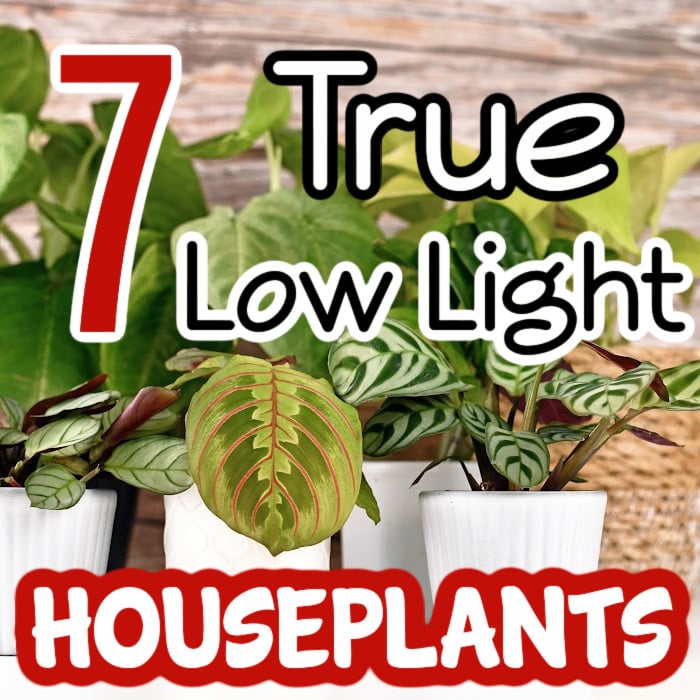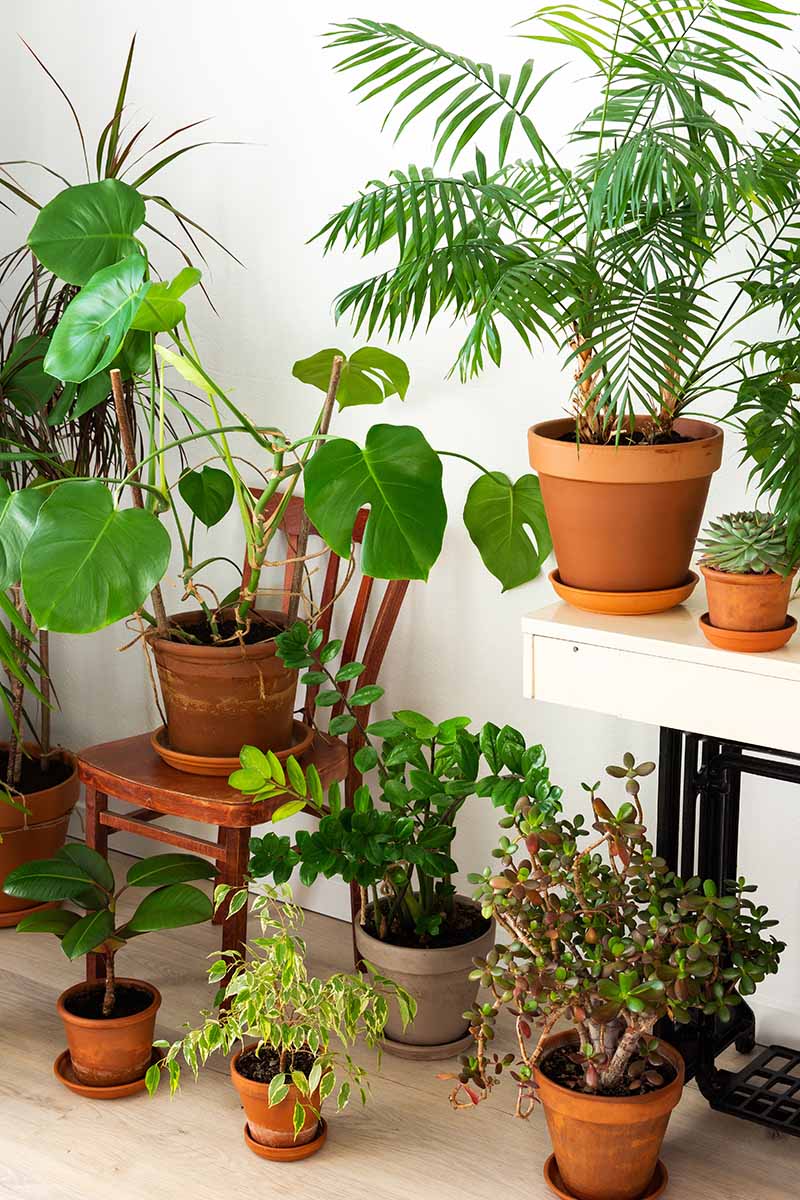Explore the Best Low-Light Indoor Plants for Easy and Stylish Home Decor
Explore the Best Low-Light Indoor Plants for Easy and Stylish Home Decor
Blog Article
Discover the Distinct Benefits of Low-Light Indoor Plants for Your Living Room
Integrating low-light interior plants into your space uses a plethora of advantages that prolong far beyond mere looks. These sturdy plants not just grow in environments with restricted sunlight however also offer crucial functions such as air purification and humidity enhancement. Furthermore, they can favorably affect your state of mind and overall health while requiring minimal maintenance. As you take into consideration the transformative capacity of these plants, it becomes crucial to explore how their special features can tailor your atmosphere to far better serve your lifestyle. What certain advantages might reverberate most with your individual area?
Air Filtration Advantages
Low-light interior plants not just enhance the visual charm of living spaces yet likewise play a significant function in air purification. Study has shown that particular plant varieties can efficiently remove typical interior toxins, including benzene, trichloroethylene, and formaldehyde. These substances usually emanate from household things such as furnishings, cleaning items, and structure materials, contributing to indoor air top quality problems.
Plants such as the serpent plant, pothos, and tranquility lily are especially proficient at filtering system damaging materials from the air while growing in low-light problems. The procedure of phytoremediation, wherein plants absorb and metabolize toxic substances, allows these varieties to contribute substantially to a much healthier indoor atmosphere. Additionally, with photosynthesis, plants release oxygen, even more boosting air high quality.
Integrating low-light indoor plants right into office or home areas not only provides visual benefits however likewise works as a sensible technique for enhancing air quality. By choosing the ideal species, individuals can create an atmosphere that advertises health and minimizes exposure to harmful pollutants, making these plants a vital element in modern indoor living.

Mood Enhancement Effects
Many researches have shown that incorporating interior plants can considerably boost mood and overall mental health. The existence of greenery in interior settings has been connected to decreased stress and anxiety levels, boosted feelings of calmness, and boosted psychological wellness. Low-light indoor plants, particularly, prosper in atmospheres where natural light is restricted, making them excellent for different living spaces.
Research study indicates that communicating with plants can boost the release of serotonin, a natural chemical associated with sensations of happiness and health. Additionally, the act of taking care of plants fosters a sense of responsibility and success, additional adding to favorable psychological wellness outcomes. Low-light plants such as snake plants, pothos, and peace lilies have been shown to improve air high quality, which is fundamentally connected to state of mind enhancement.
Including these plants into your home or office can create a tranquil environment, using a sensory and aesthetic getaway from the stress of life - Best low-light indoor plants. As individuals spend raising amounts of time inside, the mood-enhancing effects of low-light indoor plants come to be much more vital, offering not just visual allure yet also a profound influence on psychological well-being
Reduced Maintenance Requirements
For those looking for to enhance their interior spaces without a significant time dedication, low-light interior plants are an excellent selection due to their reduced maintenance demands. These resilient plants prosper in less-than-ideal illumination conditions, making them excellent for homes and offices where all-natural sunlight is limited.
:max_bytes(150000):strip_icc()/low-light-houseplants-asparagus-fern-getty-1123-74a20afe3f9249ce947a337e497b84ec.jpg)
Pest resistance is one more benefit of view it now low-light interior plants. Many ranges are less susceptible to typical insects, decreasing the need for consistent tracking and treatment. These plants usually grow much more slowly than their high-light equivalents, indicating less regular repotting and pruning are required.
Visual Charm and Flexibility

Additionally, these plants can be prepared in myriad methods, whether in groups for a lush effect or as standalone attributes to attract the eye. The choices of planter designs-- from streamlined ceramic pots to rustic wood containers-- better enhance their aesthetic worth, allowing property owners to share their personal style.
In addition, low-light plants can be purposefully placed in areas that might otherwise really feel overlooked, such as corners or dimly lit shelves, consequently maximizing their attractive potential. Inevitably, the mix of their striking appearance and flexibility makes low-light interior plants a valuable enhancement to any kind of space, developing a welcoming environment that advertises wellness and leisure.
Improved Humidity Degrees
Enhancing indoor humidity levels is one of the substantial advantages of integrating low-light indoor plants into living rooms. These plants naturally release wetness vapor through a procedure understood as transpiration, which takes place when water absorbed by the origins moves through the plant and vaporizes from the fallen leaves. This procedure not only boosts moisture but likewise adds to a much healthier interior environment.
Better humidity levels can ease numerous wellness about his problems, such as dry skin, respiratory system issues, and allergies. Numerous people experience discomfort in dry interior conditions, particularly throughout winter season months when furnace remain in use. By tactically putting low-light plants throughout your home, you can develop an extra well balanced humidity degree that promotes general health.
In addition, particular low-light indoor plants, like tranquility lilies and crawler plants, are particularly efficient at enhancing moisture. Their capability to thrive in low-light settings makes them suitable for numerous areas, from offices to rooms. Along find more information with improving moisture, these plants can also boost air top quality by straining common indoor toxins, making them an important enhancement to any home. Therefore, low-light interior plants serve both aesthetic and functional objectives, advertising a healthier ambience.
Final Thought
In recap, low-light interior plants supply numerous benefits that add to a much healthier and extra inviting living area. Their capability to detoxify the air, improve mood, and enhance moisture levels underscores their value as reliable decoration components. Furthermore, their low maintenance demands and aesthetic versatility make them suitable for various atmospheres. Including these resilient plants right into indoor setups not just elevates the ambiance yet also promotes overall health, establishing a tranquil haven for residents.
Plants such as the snake plant, pothos, and tranquility lily are especially skilled at filtering unsafe substances from the air while prospering in low-light problems. Low-light plants such as serpent plants, pothos, and tranquility lilies have been revealed to improve air high quality, which is intrinsically linked to state of mind enhancement.
Low-light interior plants, such as serpent plants, pothos, and ZZ plants, not only boost the visual landscape of a space yet additionally introduce numerous appearances and tones of eco-friendly that can complement diverse interior styles. These plants normally launch dampness vapor via a process recognized as transpiration, which occurs when water soaked up by the roots relocates via the plant and vaporizes from the leaves.Furthermore, specific low-light indoor plants, like tranquility lilies and spider plants, are particularly effective at raising humidity.
Report this page